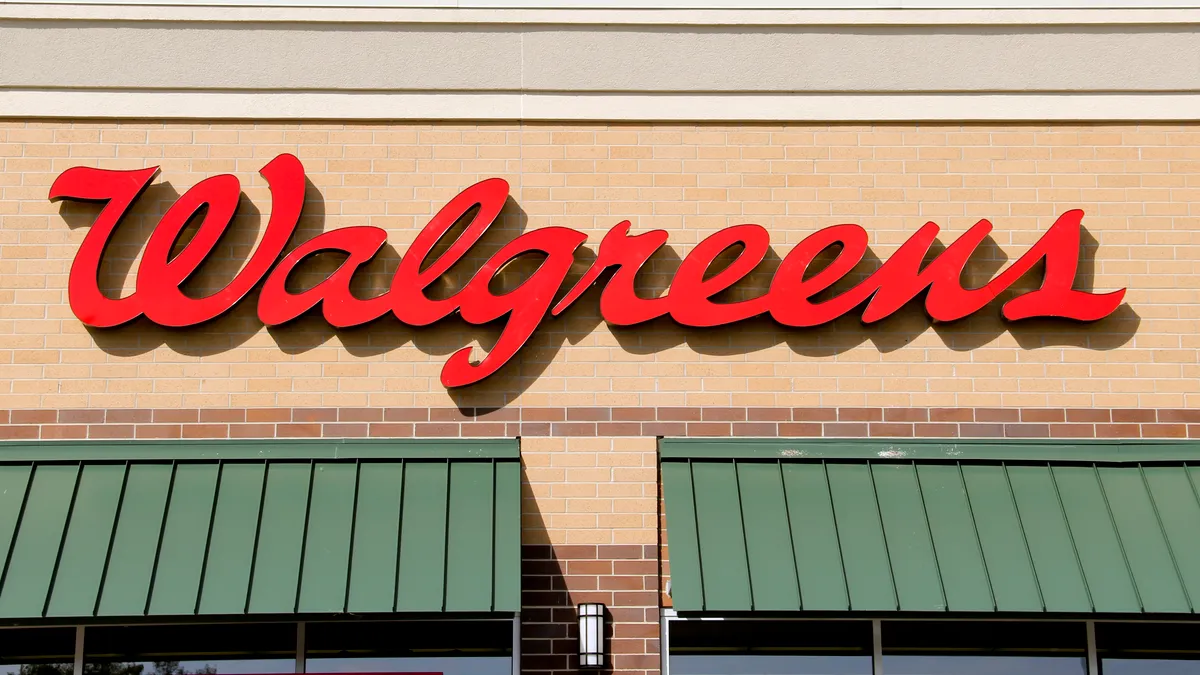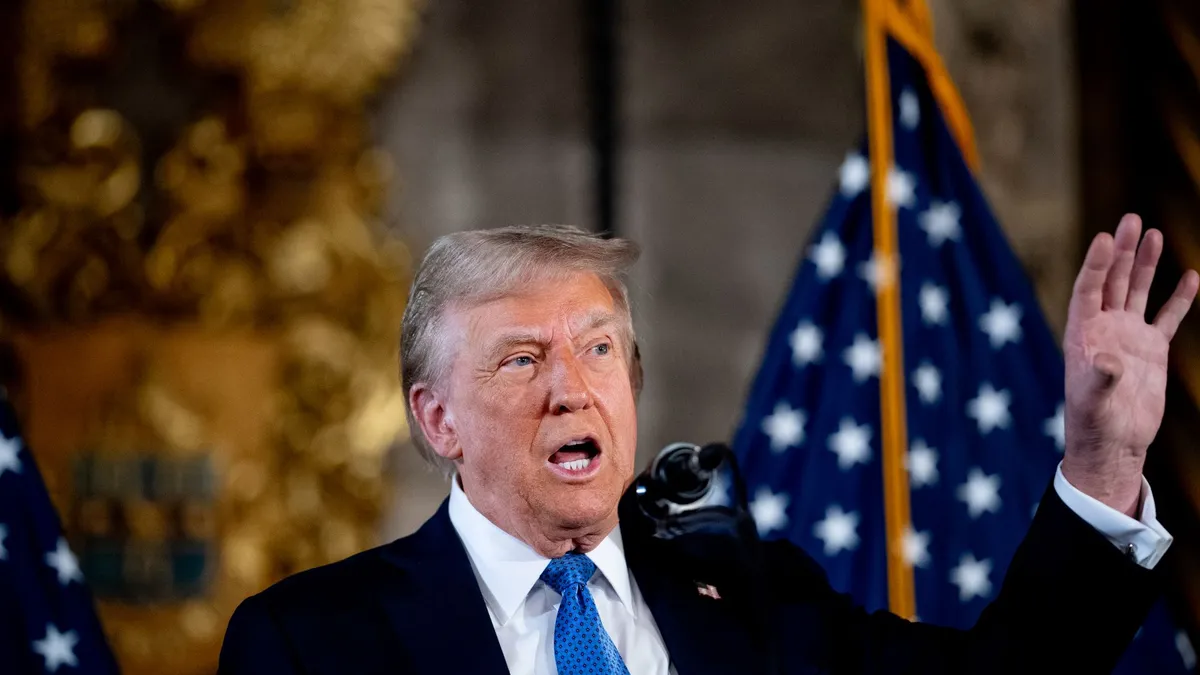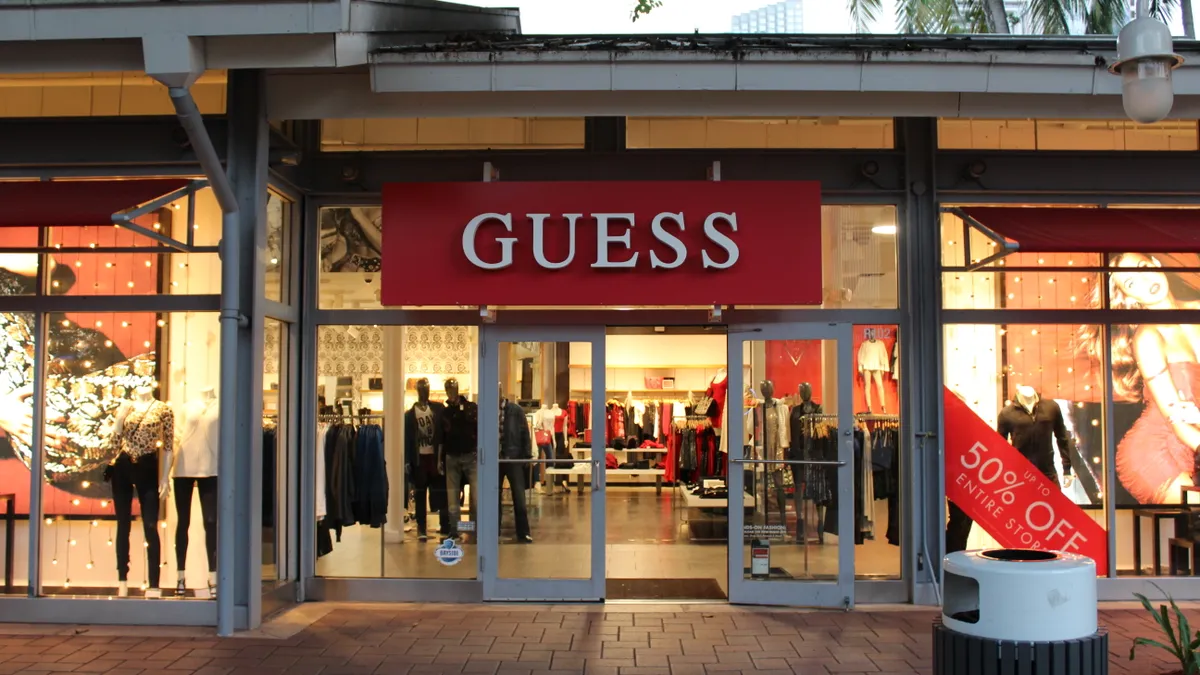The retail healthcare space may be about to get a lot less crowded.
On Tuesday evening, Walgreens Boots Alliance announced that it had reached a deal with Rite Aid Corp., a move that would combine the nation’s second- and third-largest drugstore chains.
The merger, expected to close in the second half next year, is characteristic of Walgreens CEO Stefano Pessina’s penchant for big deals, which helped him build a global healthcare giant out of a small family business.
The deal comes at a time when dealmaking activity in the retail health space is heating up as companies like Walgreens and CVS see opportunity to expand their offerings and footprints.
Here's a look at what the deal could mean for Walgreens and the retail health space.
Deal could make pharmacy and drugstore business a 'duopoly'
The deal between Walgreens and Rite Aid would give the combined company a 41% share of the pharmacy and drugstore market, according to Sarah Turk, an analyst at IBISWorld.
“The merger between Walgreens and Rite Aid is very interesting to note because the pharmacy and drugstore [industry] is going to become a duopoly,” Turk told Retail Dive in an interview.
CVS alone comprises of 58.1% of the market — even without counting Target's existing pharmacy and clinic business, which CVS announced in June it will be buying for $1.9 billion. (IBISWorld doesn’t count Target as part of the pharmacy market because its operations differ from the pharmacy business.)
The combined Walgreens and Rite Aid would operate 13,000 U.S. stores in its footprint, nearly three times as many pharmacies than Wal-Mart and more than double Walgreens' existing store count. CVS currently operates more than 7,800 stores, which would add 1,600 Target pharmacies if a current deal between the two companies goes through.
Given the size of the proposed company, the biggest obstacle for the merger appears to be antitrust concerns as regulators address a market footprint that would swell with thousands of new stores.
When asked about those concerns, Turk wasn't sure the merger would pass muster with regulators.
Rite Aid and Walgreens will argue that the expanding healthcare market, which now includes competition from big-box chains, grocery stores, independent pharmacies and mail-order services, should make their merger acceptable in the eyes of regulators.
“I believe that [the U.S. healthcare industry] is the most fragmented,” Pessina said in an interview Wednesday. “There are so many players in the market that I don’t believe the change between Walgreens and Walgreens plus Rite Aid could be big enough to change the rules of the game.”
Still, analysts say the companies could be forced to shed stores in an effort to address antitrust concerns. During a conference call with investors on Wednesday, Walgreens executives refused to discuss if they would divest stores to avoid antitrust scrutiny.
If the deal goes through, Walgreens plans to at least initially operate Rite Aid stores under the existing brand name, but wants to "further transform Rite Aid's stores to better meet consumer needs," hinting at possible renovations.
Is the deal about retail footprint or market leverage?
According to Turk, one of the main motivators for the Walgreens-Rite Aid deal would be to increase Walgreens' market leverage when negotiating with pharmacy-benefits managers (PBMs) — intermediaries of sorts between drug manufactures and retailers. But this would again be a concern for antitrust regulators, and would most likely attract scrutiny, according to Barclays analyst Meredith Adler in a research note cited by the Wall Street Journal.
On a call with investors on Wednesday, Pessina dismissed the suggestion that the move was orchestrated to gain better bargaining power against PBMs, saying that it was purely an effort to expand Walgreens’ retail footprint in the U.S.
“With this acquisition, we are accelerating a long-term objective that we knew we needed to address: to strengthen our presence and coverage nationally across the U.S.,” Pessina said.
But the reality is a larger footprint would still give Walgreens greater clout when purchasing drugs, with help from Rite Aid’s EnvisionRx benefits management unit. This could be a key advantage when negotiating with PBMs, Turk noted, which have themselves consolidated in recent years to give them greater sway when dealing with pharmacies.
“Due to their strong market power, a PBM can exclude a pharmacy from its network, and that can severely hamper the pharmacy’s sales,” said Turk.
The hot dealmaking climate in retail health
The Walgreens-Rite Aid deal is no outlier in the current healthcare market, as big drugstore chains and retailers have been actively pursuing deals to increase their presence over the last few years.
The hot dealmaking climate in retail health right now extends to all corners of the market. $427 billion in merger deals have been recorded so far this year between drug makers, hospital chains, and health insurers, according to Dealogic and as reported by the Wall Street Journal. These deals can largely be attributed to the new healthcare landscape ushered in by the Affordable Care Act (commonly known as Obamacare).
The law has compelled healthcare retailers to find ways to deal with price pressures while simultaneously expanding their offerings.
“A lot of companies have focused on becoming a one-stop-shop for wellness,” Turk said.
CVS, the current drugstore market leader, announced its Target deal in June, just a few months after it revealed that it would acquire drug fulfillment company Omnicare for $10.4 billion. And Rite Aid this year bought pharmacy benefits management company Envision Pharmaceutical Services (also known as EnvisionRx) for $2 billion, while also boosting its RediClinic walk-in centers.
Wal-Mart has also been inching into the healthcare retail space with a recent event that offered free health screenings like blood pressure readings at its stores. The nation’s largest retailer has also started to place protein bars near checkout counters as it moves to increase its market share in the healthcare space.
After orchestrating the deal between Walgreens and his European drugstore and pharmaceutical distribution company Boots Alliance late last year, Pessina made it clear that he was on the hunt for more deals in the U.S. market.
“This market, the American market, is ready for another round of consolidation,” Pessina said in an earnings call in April.
Looking ahead
Looking towards the future of the retail pharmacy business, Turk expects healthcare retailers will likely partner with physicians as they focus on becoming wellness providers for consumers.
“With the physician shortage, the access to primary care physicians will likely be lowered for many patients,” Turk said. “Instead of seeing your primary care provider, you may have to interface with someone at Walgreens to help you dispense your medication.”
As the role of the pharmacist becomes more crucial, retailers will need to effectively train these employees, especially as they handle drugs like biologics, which are very expensive to dispense. Turk said that retailers could also look at helping lower noncompliance costs, as many hospitals have started being penalized for readmission rates. This could include developing a technological infrastructure to monitor high-risk patients, or asking patients if they are compliant, and if not, figuring out why.
“If a patient doesn’t take their medicine, it’s very expensive and it’s a significant cost in terms of healthcare costs,” said Turk, “So if they can help mitigate that, there is definitely an opportunity.”





















